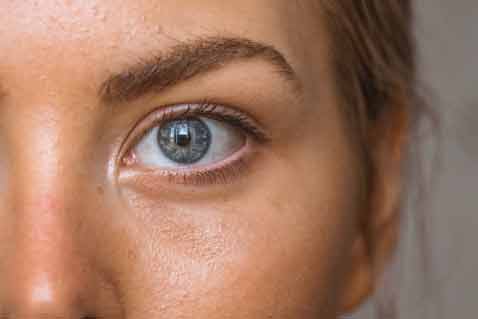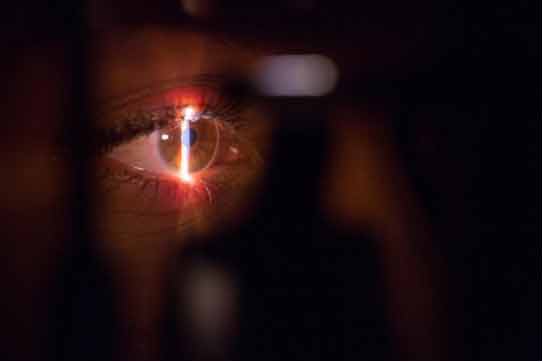Stye: Causes, Symptoms, and Treatment

If you notice a pimple or a bump on your eyelid, it might be a stye. A stye is the infection of the oil glands that surround the eyelid. Contrary to popular belief, a stye isn't contagious.
Causes
Staphylococcus, a type
of bacteria, is usually the root cause of styes. When infection from this bacteria affects the
oil gland around your eyelids, it causes an internal stye. Whereas, when it affects the eyelash
follicles, it causes an external stye.
Even a small cut or scratch can provide enough space for bacteria to get under your skin and
cause infection. Most often, people who touch or rub their eyes often carry this bacteria
through their hands to the eye. You’re more likely to develop a stye during allergy season when
eyes naturally get itchy.
Symptoms
Symptoms for an external stye include a painful, red, small lump at or near the base of your
eyelash. A small pus spot that looks like a pimple can also be caused due to the infection at
the tip of the stye. A stye can make the affected eye feel scratchy and sore. The affected eye
may also get watery, crusty, and sensitive to light. If severe, a stye can even make the whole
eyelid swell.
An internal stye is also quite painful and red. However, it may not be as prominent as the
earlier type, especially in its initial phase. However, as it develops, it can block oil glands.
Due to this, oil starts collecting in a bump of your eyelids. This bump is medically called a chalazion. The bump
itself isn’t painful, but large bumps can cause pain due to the stretching of the skin. Large
bumps can also press the eyelid leading to blurred vision.
Treatment
The pimple-like appearance of stye can tempt you to squeeze or pop it. However, popping a stye
can lead to the spreading of the infection to the other parts of the eye.
Instead, gently place a clean, damp, warm washcloth over your eyelid for at least 5 to 10
minutes 3 to 4 times a day. Massage the affected area gently afterwards. By doing this, you can
help unclog, soften, and drain a stye. Regular application can also prevent styes from
developing in the future.
When to Consult a Doctor

Look out for reddening of your face, especially cheeks or discoloration of your eye. This could
be signs of infection spreading. Consult a doctor as soon as possible if you suspect any such
sign. A certified and licensed doctor can examine a stye even by taking a thorough look,
sometimes under a magnifying lens or a special light.
If you are looking for an expert and reliable doctor to treat stye or any other eye infection,
get in touch with TelMDCare. TelMDCare is a leading
online healthcare service provider and offers virtual consultations for the treatment of
eye-related problems. In addition to the effective treatment for various eye infections, they
are also known for their affordable online healthcare for various diseases like asthma,
migraine, and high cholesterol.
You can also book online doctor appointments and get
virtual doctor prescriptions.
Contact them to avail of their services.